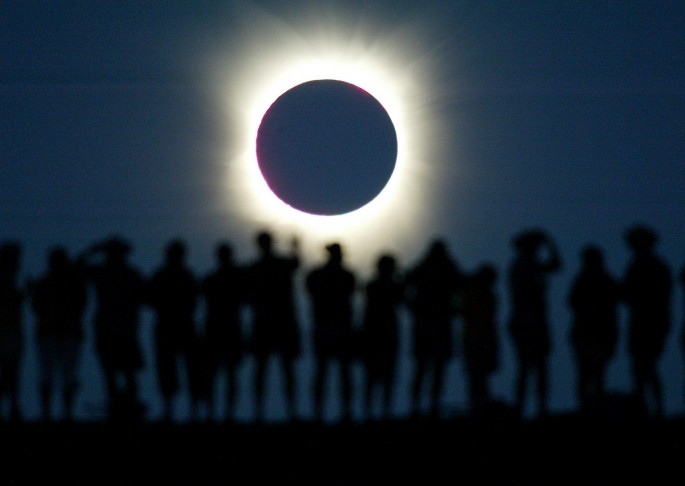Mark your calendars, skygazers! This year's last solar eclipse takes place at wee hours on Sunday, Sept. 13, 2015. This happens to be a partial occultation and the third of four eclipses this year.
A Solar Eclipse is an event when moon interrupts the light from sun as seen from Earth. According to Time and Date, the upcoming partial solar eclipse will be seen by those residing in Southern Africa, Antarctica and places in Indian and Atlantic Oceans. When seen from Africa, up to 40% of sun obstruction is expected when the eclipse reaches its peak. As for remote locations in Antarctica and southern oceans, up to 90% obstruction is expected.
The solar eclipse will last at least a few hours. It begins at 4:40 UT, reaches the maximum point at 6:52 UT and ends at 9:05 UT.
Meanwhile, Accuweather.com states that clouds will obstruct the view for those in South Africa. It is reported that those in northern Namibia, Zimbabwe and Botswana will be able to get better view of the solar eclipse than their other southern African counterparts.
Nonetheless, astronomy enthusiasts can also watch the solar eclipse online through live streaming. Slooh Community Observatory will begin the webcast at 12.30 AM EDT and 9:30 AM PDT.
For those who prefer witnessing solar eclipse directly in the sky are advised to use proper eye protection to prevent any damage. It must be noted that it is not safe to look directly at the sun during the occultation. One can use pinhole boards or cameras, a telescope with solar filters or special eclipse glasses.
The next solar eclipse will occur on March 9, 2016. But before that happens the much awaited supermoon total lunar eclipse takes place on Sept. 28, 2015.



























